EHS Journal of Environmental Health Articles for 2018
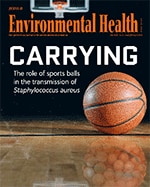
Improving Safe Drinking Water Programs One Essential Service at a Time [PDF – 367 KB] – Guest columnist Greg Miao from ChangeLab Solutions explains how policy has been used to address federally unregulated drinking water.

Capturing Data on Contributing Factors to Outbreaks With the National Environmental Assessment Reporting System – CDR Adam Kramer, Maggie Byrne, and Elaine Curtiss discuss how contributing factors help CDC and partners understand how and why outbreaks occur.
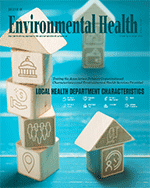
A Web-Based Review of Environmental Health Vector Control Services in the United States – Authors Andrew Ruiz, Christine Vanover, Alexis Parale, and CDR Justin Gerding discuss the role of environmental health in vector control services and how programs can strengthen their capacity.
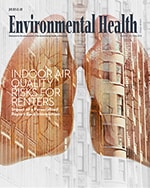
All-Inclusive or à la Carte? Many Routes to Adopt the Model Aquatic Health Code – Guest authors Eugene Knight and Bob Vincent discuss how New Mexico and Florida took different approaches to strengthen aquatic safety and health by adopting the Model Aquatic Health Code.
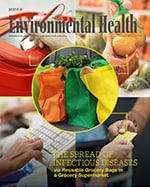
Innovative Safe Water Program Improvement E-Learning for Environmental Health Professionals – CDC and guest authors Raquel Sabogal, Martin Kalis, Brian Hubbard, John Oeffinger, Liljana Johnson Baddour, Christl Tate, and Charles Shorter discuss the SWPI e-Learning series and how it can improve safe drinking water programs.

Advancing Public Health Departments’ Legionnaires’ Disease Prevention Efforts through the Epidemiology and Laboratory Capacity for Infectious Diseases Cooperative Agreement – CDC authors LCDR Candis Hunter, CDR Laura Cooley, and CDR Jasen Kunz discuss how CDC has improved state and local capacity for Legionella outbreak response and prevention activities.
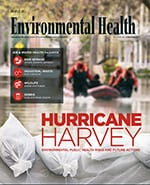
Environmental Assessment Training Series (EATS): Practical Training for Food Safety Officials Hungry to Enhance Environmental Assessment Skills – CDC authors Erik Coleman and Laura Brown discuss CDC’s free online training to improve competency with conducting environmental assessments as part of foodborne illness outbreak investigations.
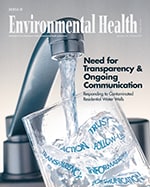
Benefits of Collaboration between a County Health Department and a Local University in North Carolina – CDC author Max Zarate-Bermudez and guest author Samantha Dye discuss how the health department in Gaston County, North Carolina, collaborated with the University of North Carolina at Charlotte to help private well users reduce exposures to potential contaminants in their water.
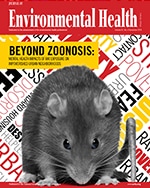
Now What? A Tool to Help Commercial Fishermen Encountering Sea-Disposed Chemical Munitions – CDC’s CDR Danielle Mills introduces a new tool to protect the health of those who encounter chemical munitions at sea during commercial fishing, clamming, and dredging operations.
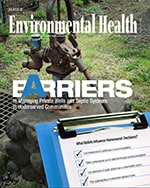
Emergency Response Training in California: Piloting the Environmental Health Training in Emergency Response Operations Course in a Local Environmental Health Department – Guest Authors Marcy Barnett and Bernice Zaidel and CDC’s Martin Kalis discuss a unique training opportunity for the San Diego County environmental health department to practice specific scenarios in preparation for a local emergency.